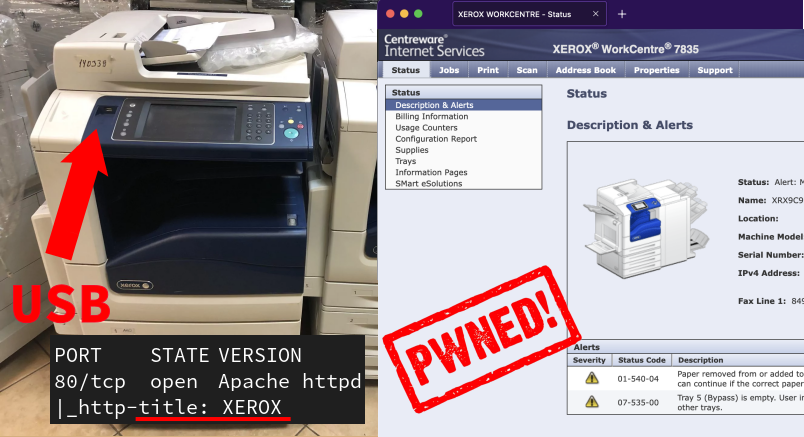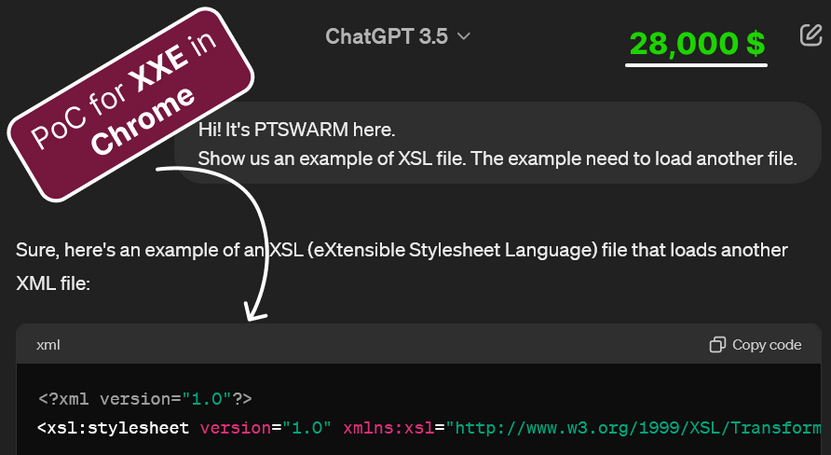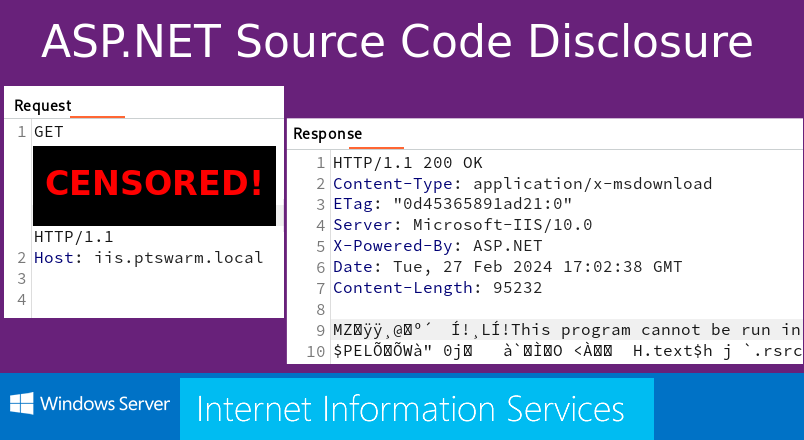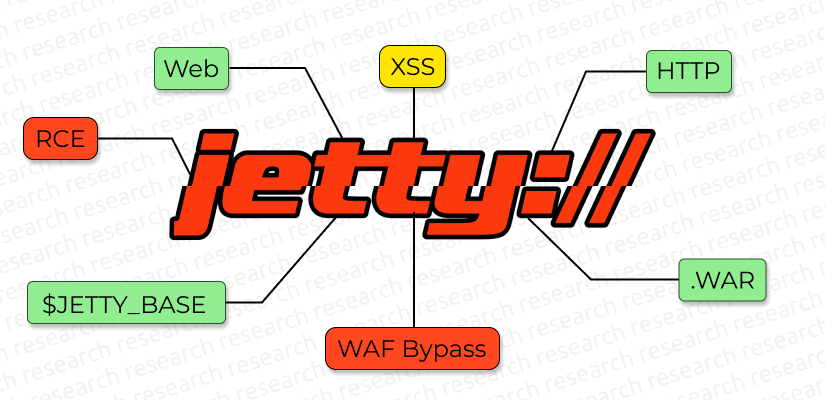The androidx.fragment.app.Fragment class available in Android allows creating parts of application UI (so-called fragments). Each fragment has its own layout, lifecycle, and event handlers. Fragments can be built into activities or displayed within other fragments, which lends flexibility and modularity to app design.
Android IPC (inter-process communication) allows a third-party app to open activities exported from another app, but it does not allow it to open a fragment. To be able to open a fragment, the app under attack needs to process an incoming intent, and only then will the relevant fragment open, depending on the incoming data. In other words, it is the developer that defines which fragments to make available to a third-party app and implements the relevant handling.
The Navigation library from the Android Jetpack suite facilitates work with fragments. The library contains a flaw that allows a malicious actor to launch any fragments in a navigation graph associated with an exported activity.
Continue reading






